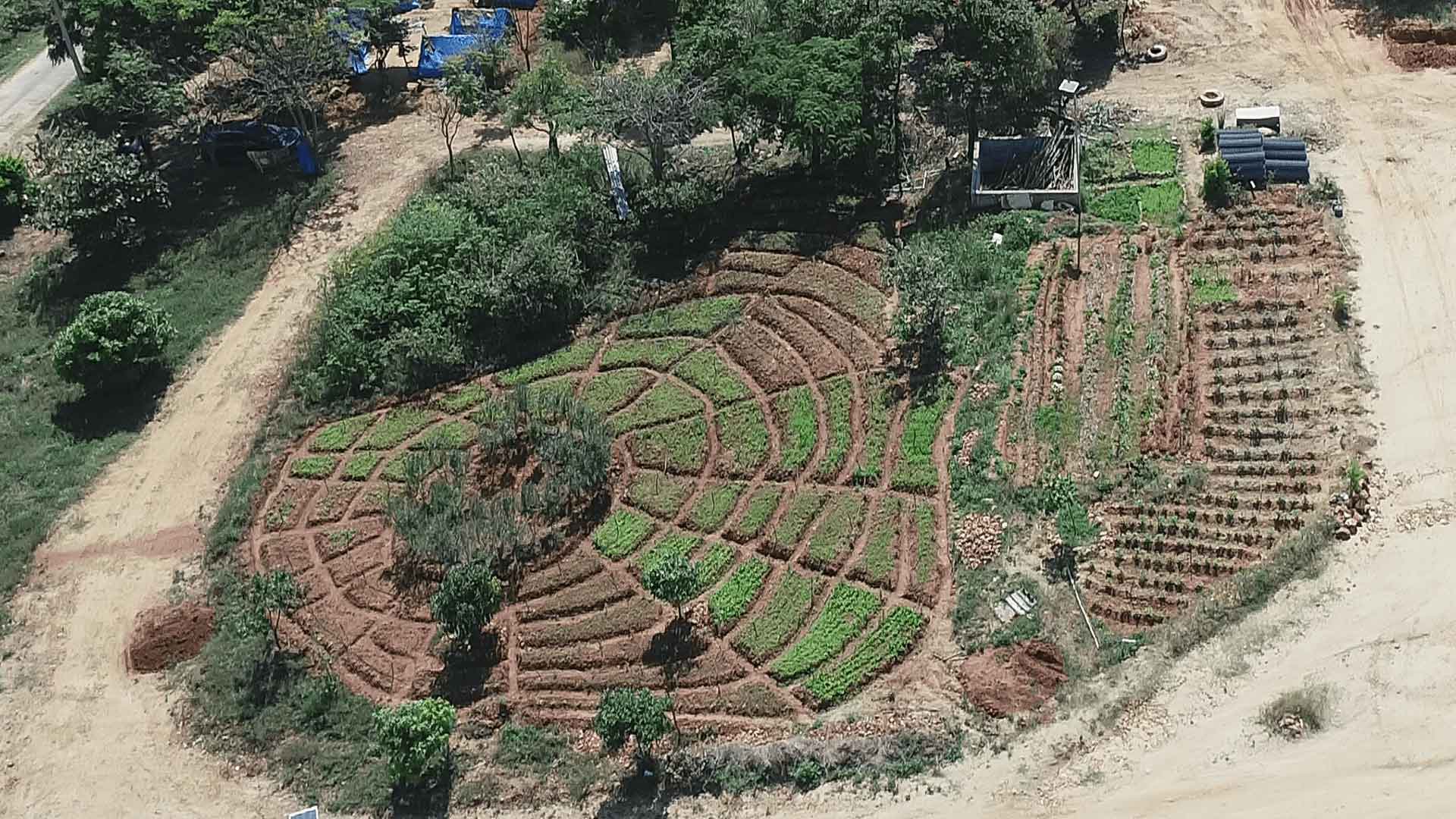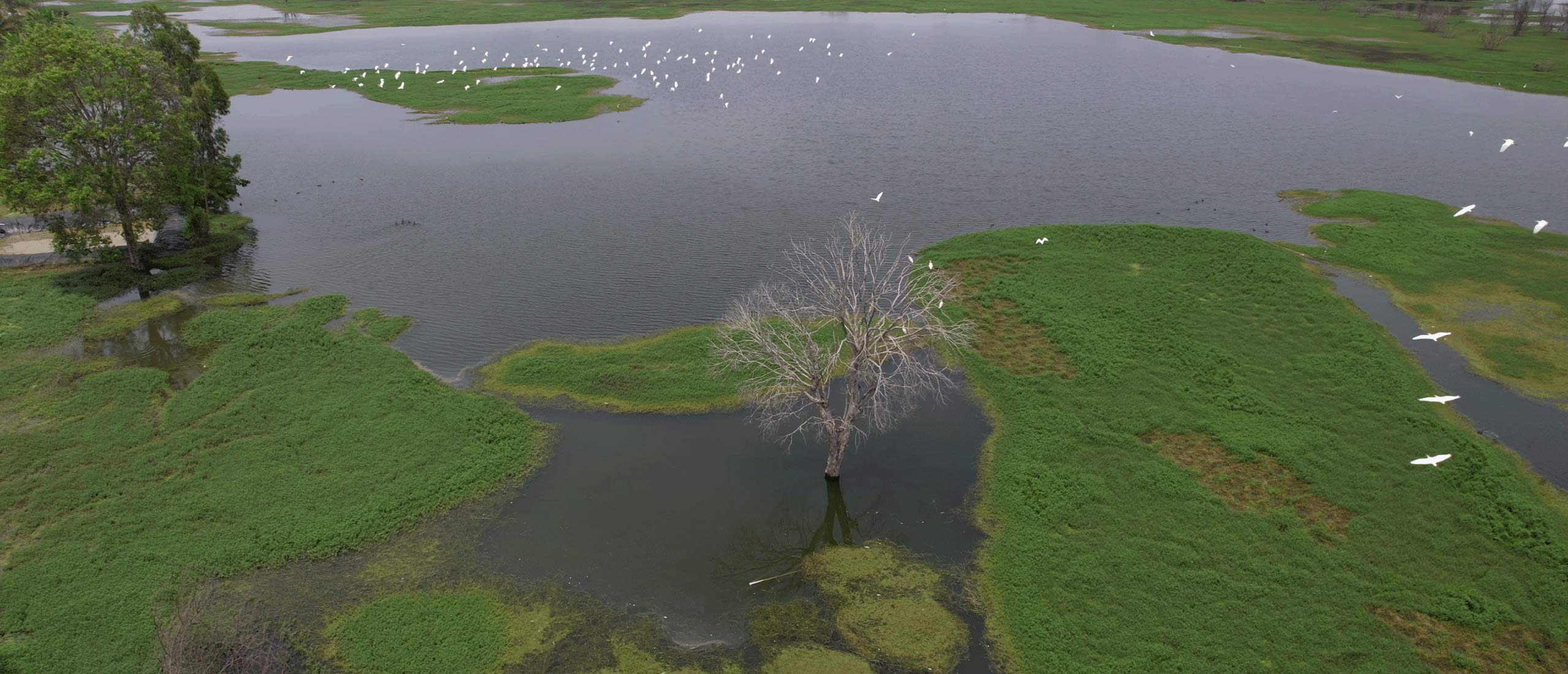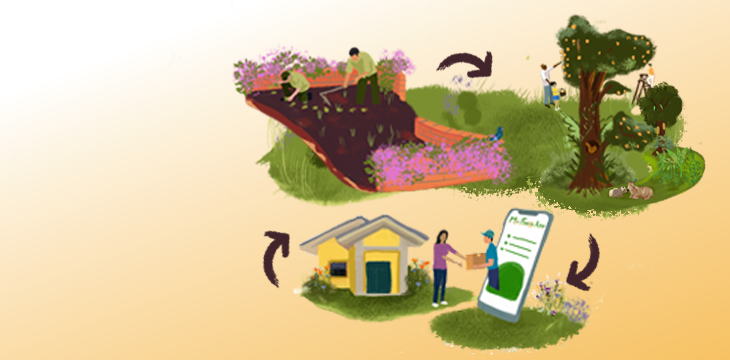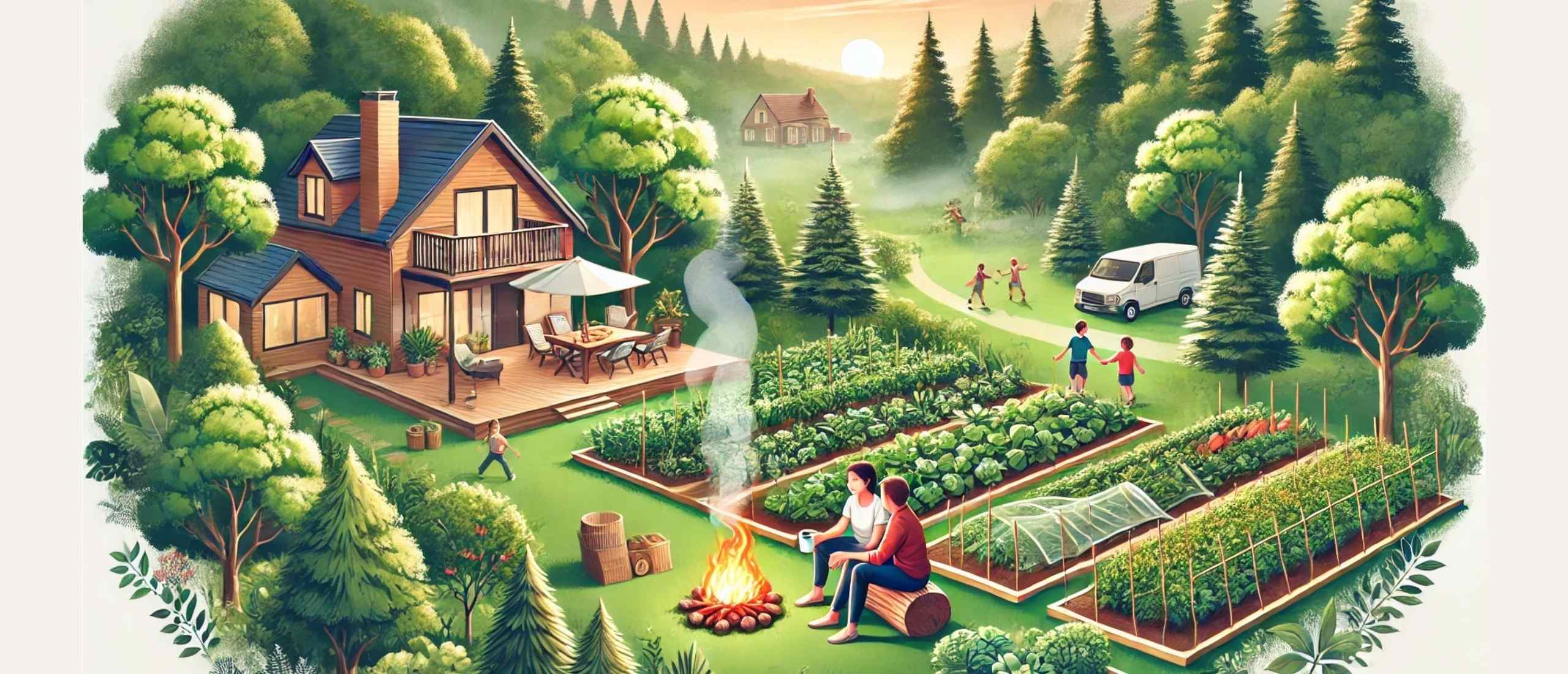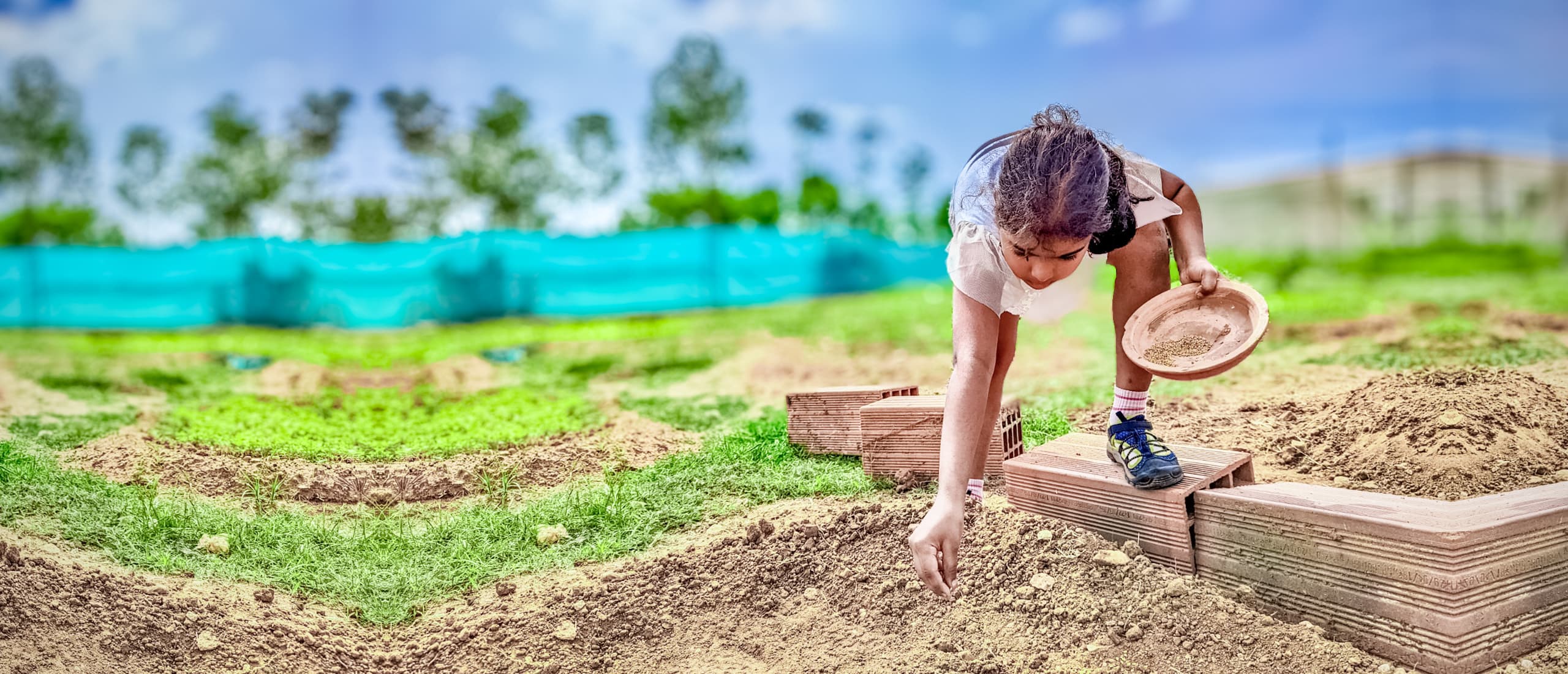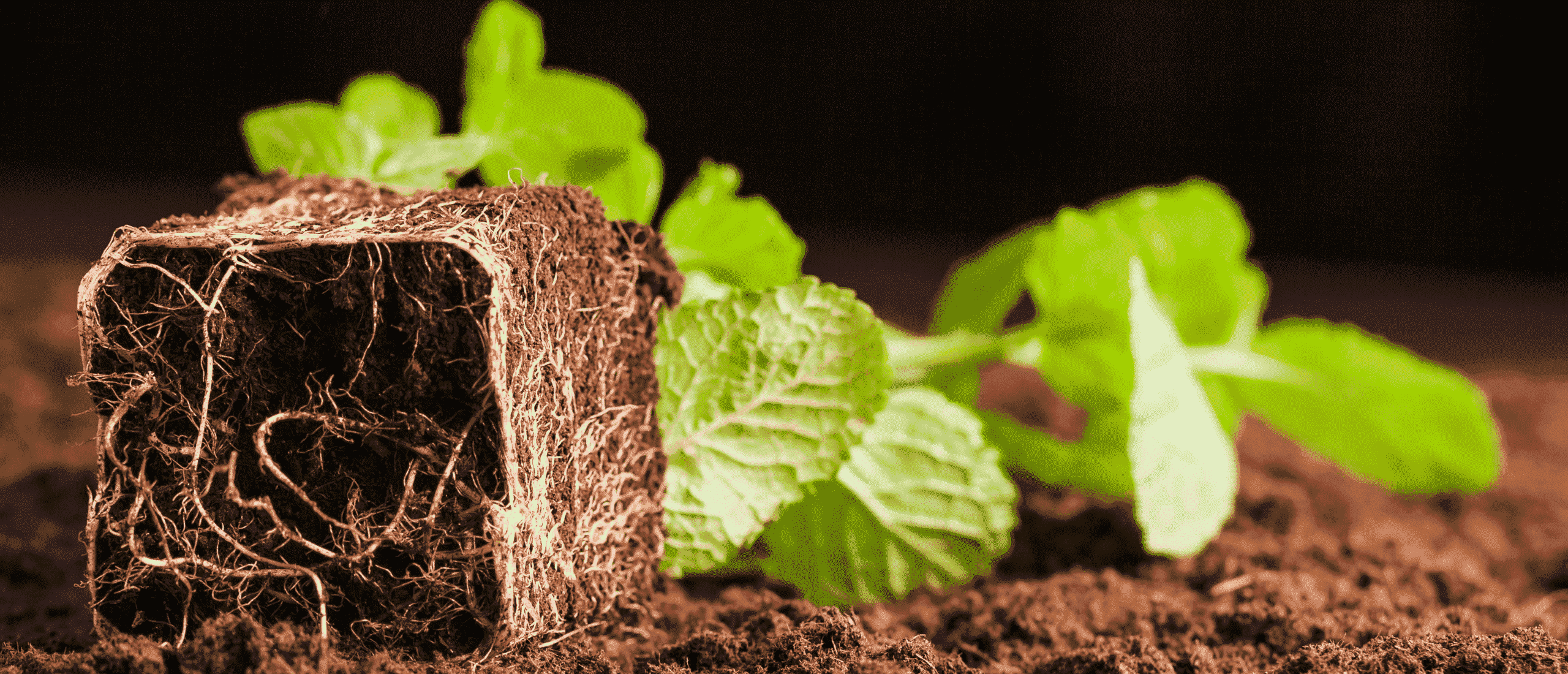February 27, 2023
Author – Srinivas Abhilash
Mandala Garden – Grow More with Less
Gardens are a great way to create a beautiful and sustainable outdoor space and bring people together. Let it be to grow your food, create a peaceful retreat, or add some greenery to your neighborhood. A beautiful, well-designed garden is an answer to all the above. Designing a garden can be an exciting and rewarding process. But it can also be overwhelming, especially to a novice. One of the biggest hurdles is imagining the space differently than it is. Most people build their designs on the shape of their plots but often fail to get the best results because property lines are never the basis of great design. However, with planning and research, anyone can create a beautiful and functional outdoor space.
From choosing the right plants to figuring out the best layout, there are many factors to consider when designing a garden. At Hosachiguru, in-house farm experts are available to guide you in designing not only your farm plot but also custom garden landscapes such as mandala gardens. Every farm plot is customized based on the needs of a co-farmer and is designed accordingly. Having your food forest designed and grown in the most sustainable way is the world’s best reward for you and your family for generations to come.
The best way to work on kitchen gardens is to ignore the edges and start working with shapes in the middle. Find a pleasing combination and figure out how things flow and work together. Then fill in the edges with plants.
One of the captivating garden design concepts is the Mandala Garden, based on the geometric pattern that equates to the universe in Hindu and Buddhist symbolism. Mandala patterns are geometric shapes laid out to create a pattern or symbol that traditionally represents the universe or the gateway to a spiritual journey. They are tools to meditate, relax, increase focus, and contemplate. Not only are mandala gardens visually stunning, but they also have a positive impact on mental well-being.
7th Permaculture Principle – Design from Patterns to Details
The 7th Permaculture Principle, “Design from Patterns to Details,” states that when designing a garden or any land-based system, it’s essential to start by looking at the big picture and understanding the patterns in the landscape. It includes water flow, sun, shade movement, and human activity in the area. Once the big-picture patterns are understood, the designer can move on to the details of the design, such as selecting specific plants and arranging them in a way that complements the natural patterns of the landscape. The Mandala Garden design follows the principle of “Design from Patterns to Details” by starting with a central pattern or design and building outwards to create a cohesive and harmonious garden.
A mandala garden is a tropical design that is fast and easy to build. At Hosachiguru managed farmlands, permaculture principles, and sustainable practices are followed to increase biodiversity and create microclimates. Mandala gardens capture and retain water and reduce soil erosion. It is used to grow a wide variety of crops, depending on the climate and the specific goals that are well-suited to the local ecosystem and that can be developed in a sustainable and regenerative way. Common types of crops that can be grown in a mandala garden include
- Vegetables: Tomatoes, peppers, eggplants, cucumbers, beans, peas, carrots, beets, radishes, onions, garlic, and lettuce.
- Herbs: Basil, thyme, rosemary, oregano, chives, and parsley
- Flowers: sunflowers, marigolds, zinnia, cosmos, and other flowers that attract pollinators.
- Root crops: yam, taro, beetroot, radishes, and many more
Reasons to create a Mandala Garden Design at Your Managed Farmland with Hosachiguru
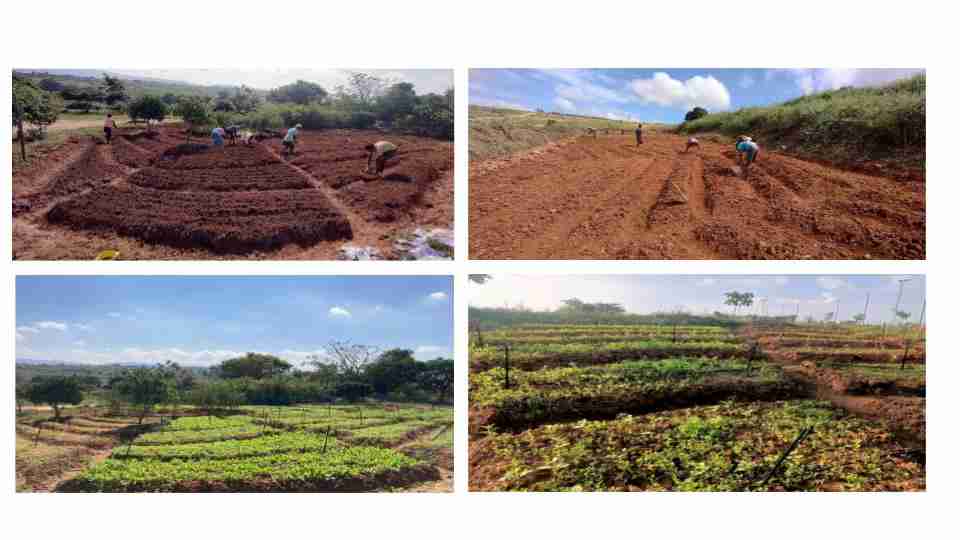
To maximize the use of space: A mandala garden design makes the most of a small or irregularly-shaped space by creating a circular layout that maximizes the use of space.
To create a diverse ecosystem: The different zones of a mandala garden are used to create a diverse ecosystem that supports a wide range of plants and animals. It helps to promote biodiversity and create a more resilient and sustainable ecosystem.
To capture and retain water: The design of a mandala garden is such that it captures and retains water. Soil erosion gets reduced and makes the most of limited water resources.
To enhance microclimates: The different zones of a mandala garden are used to make the most of microclimates and to create a diverse range of growing conditions that can support a wide range of plants.
To promote beauty and harmony: A mandala garden design is used to create a beautiful and harmonious outdoor living space that is both functional and aesthetically pleasing.
To create a garden for meditation: Meditation in a mandala garden promotes inner peace, self-discovery, and spiritual growth.
To incorporate permaculture principles: The mandala garden design incorporates principles emphasizing the use of natural systems to create sustainable and regenerative ecosystems.
Mandala gardens created, developed, and maintained at Sambhrama and Dhanvi farms by Hosachiguru, are one of the best ways to integrate sustainable and regenerative farming practices with a beautiful outdoor living space that can serve for gardening, meditation, and spiritual growth.
Mandala Garden – Sambhrama Farms and Dhanvi Farms
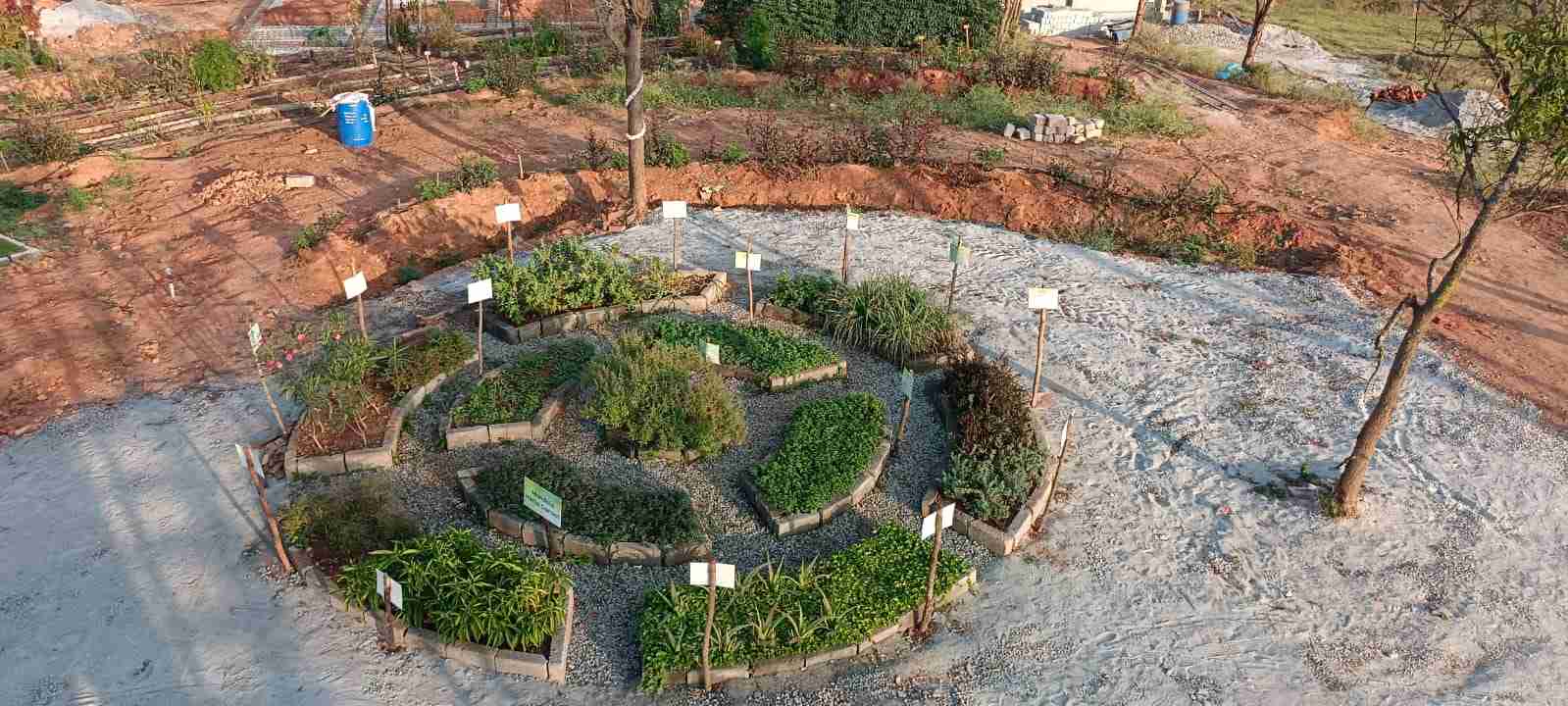
At Sambhrama and Dhanvi farms, a managed farmland by Hosachiguru consists of a patterned design and a garden with a footpath ratio that facilitates maximum productivity on any flat profile. The agronomists worked on the design process by understanding the natural patterns of the land, such as the flow of water and the movement of sun and shade. Then, using the mandala pattern as a guide, designers at Hosachiguru selected plants and arranged them in a way that complements the natural patterns of the landscape. The plants are chosen based on specific needs such as light and water requirements and are arranged to maximize their growth potential. The mandala garden has a central hub with a pattern radiating outwards like a wheel or a starburst. The primary intention of a mandala garden is to create a series of growing areas that are functional and beautiful.
